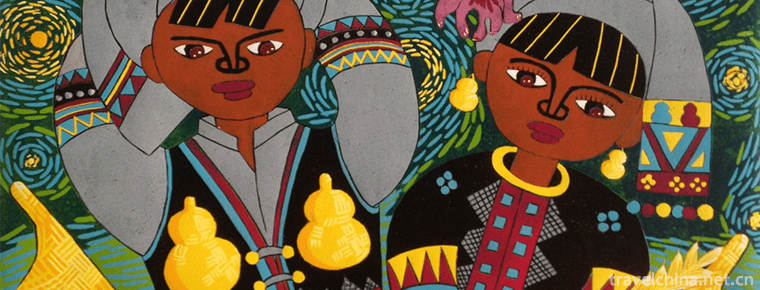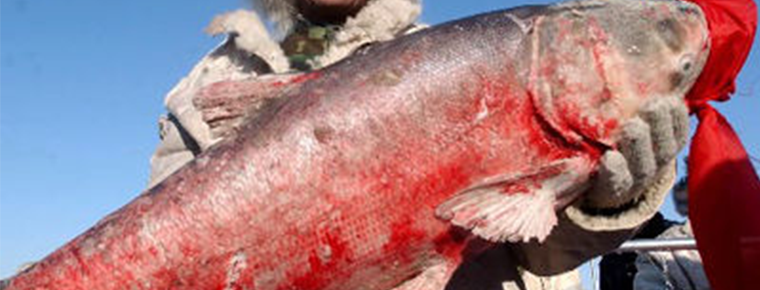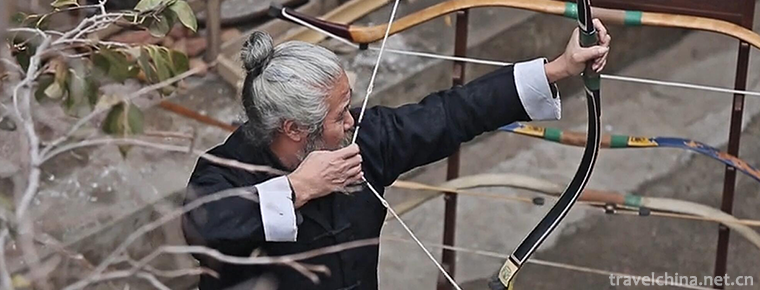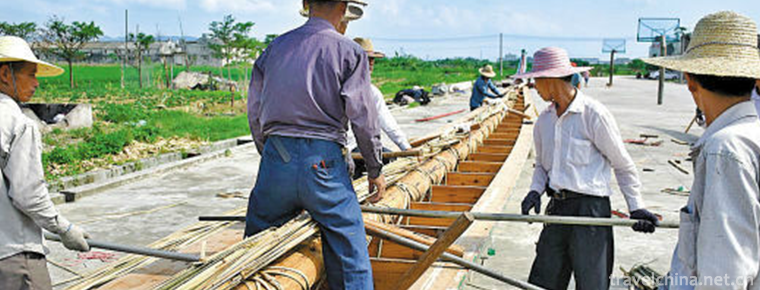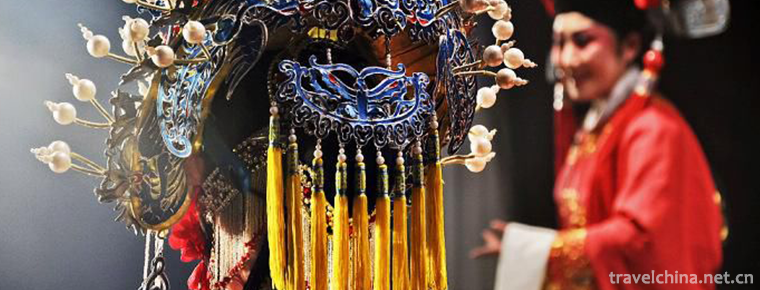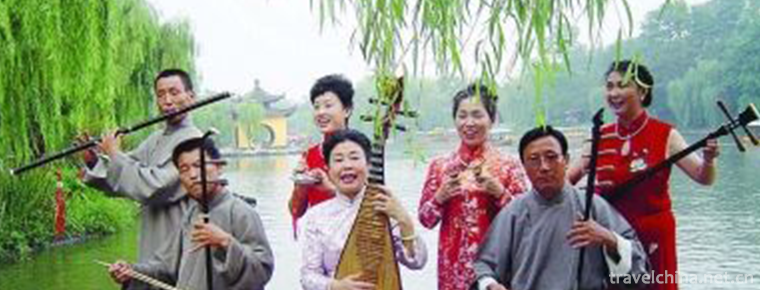Leshan specialty food
Leshan specialty food
Jellied bean curd
Leshan bean curd is one of the special snacks in Leshan, Sichuan Province. The bean curd has deep red pepper and green coriander or celery.
Pot chicken
Bobo chicken, originated from Leshan, Sichuan Province, belongs to Sichuan cuisine. The name of this dish makes you feel very strange. "Bowl" is actually a earthenware pot. The outside of the bowl is painted with red and yellow porcelain dragon patterns. Inside the bowl, the seasonings are mainly spicy and spicy. After being processed in tezhushu, the dishes are made by string of sticks, which are immersed in various seasonings. When eating, they are taken and eaten by themselves. In addition to the long taste, they are more interesting.
Xiba tofu
Xiba tofu is a famous traditional dish of Han nationality in Leshan, Sichuan Province. Xiba bean curd has a long history. It was introduced in the Eastern Han Dynasty, and it was refined in the Tang and Song dynasties. It flourished in the Wanli period of the Ming Dynasty (1573-1620 A.D.), with a history of more than 400 years.
Sweet skin duck
Leshan called the sweet skinned duck as stewed duck, which followed the imperial cuisine of the Qing Dynasty. Discovered and improved by the folk, the brine has its own characteristics, with brown red color, slightly sweet skin, tender meat and pleasant aroma.
cross the legs when sitting
As a traditional local food in Leshan City, "Qiaojiao Er" rose in Zhoucun (now Changchun Village) of Yangwan Township, Shizhong District, Leshan City. It has a history of more than 600 years. When people ate "roadside stalls", they had no stool to sit on, so they could only eat on the horizontal bars of the dining table. Later, "Qiao Jiao Er" derived another form of beef stew in one pot, which was called "beef soup pot". The difference between "Qiao Jiao Er" and "Qiao Jiao Er" was that the diner cooked beef in the soup pot.
Ye Er Ba
"Yeerba" is one of the traditional famous snacks in Leshan. It is named for the local special Ba Ye Bao system and has a long history of development in Leshan.

-
Braised Shredded Chicken with Ham and Dried Tofu
Braised Shredded Chicken with Ham and Dried Tofu, also known as chicken juice, boiled silk, the traditional dishes are Huaiyang cuisine.
Views: 197 Time 2018-10-27 -
Qingyuan Mountain Scenic Area
Qingyuan Mountain National Key Scenic Spot is located in the southeast of Fujian Province, and on the Northeast Bank of the lower Jinjiang River.
Views: 147 Time 2018-12-08 -
Huanglong Scenic Area
Huanglong Scenic Spot, World Natural Heritage, World Human and Biosphere Reserve, Green Globe 21 Certificate, National AAAAA Tourist Spot, National Key Scenic Spot..
Views: 162 Time 2018-12-12 -
Mupa Mipa
Mupa Mipa, a local traditional folk literature in Simao City, Yunnan Province, is one of the national intangible cultural heritage..
Views: 348 Time 2018-12-15 -
Winter capture of Chagan Lake
Winter fishing in Chagan Lake, namely ice and snow fishing (or hunting) in Chagan Lake in winter, is a traditional fishery production mode (custom) in Qianguoerros Mongolian Autonomous County.
Views: 166 Time 2019-04-15 -
Bow and Arrow Making Skills
Juyuan bow and arrow making technology, the traditional handicraft of Chaoyang District, Beijing, is one of the national intangible cultural heritage..
Views: 201 Time 2019-05-01 -
Dragon Boat Making Skills
Dragon boat craftsmanship is an ancient traditional handicraft. Zhongtang Town, Dongguan City, Guangdong Province, has a history of more than 1000 years. Zhongtang Town is a typical water town, locate.
Views: 171 Time 2019-05-15 -
Production Techniques of Black Copper Walking Silver
The process of making silver from black copper is very complicated. Usually, it has to go through nearly 20 processes, such as refining copper, blanking, pattern carving, silver walking, forming, poli.
Views: 145 Time 2019-06-29 -
Yanbei Playing with Children
Yanbei children's play, also known as cough cavity, is popular in Datong City, Shanxi Province and its surrounding traditional drama, one of the national intangible cultural heritage..
Views: 150 Time 2019-07-10 -
Yangzhou Qingqu
Yangzhou Qingqu, also known as "Guangling Qingqu" and "Weiyang Qingqu", is a form of Musical Singing developed on the basis of popular songs and minors popular in Yangzhou during t.
Views: 126 Time 2019-07-10 -
Leshan Education
In 2018, Leshan Normal University, School of engineering and technology of Chengdu University of technology and Leshan vocational and technical college enrolled 16051 students, including 52775 students, 13837 graduates and 2509 full-time teachers..
Views: 352 Time 2020-12-17 -
Nanchong cultural undertakings
By the end of 2019, Nanchong has 10 cultural centers, 242 cultural stations and 10 public libraries. There are 8 museums, 28 cultural relics protection and management institutions, 18 national key cultural relics protection units, 112 provincial-level cultural relics protection units.
Views: 297 Time 2020-12-17



